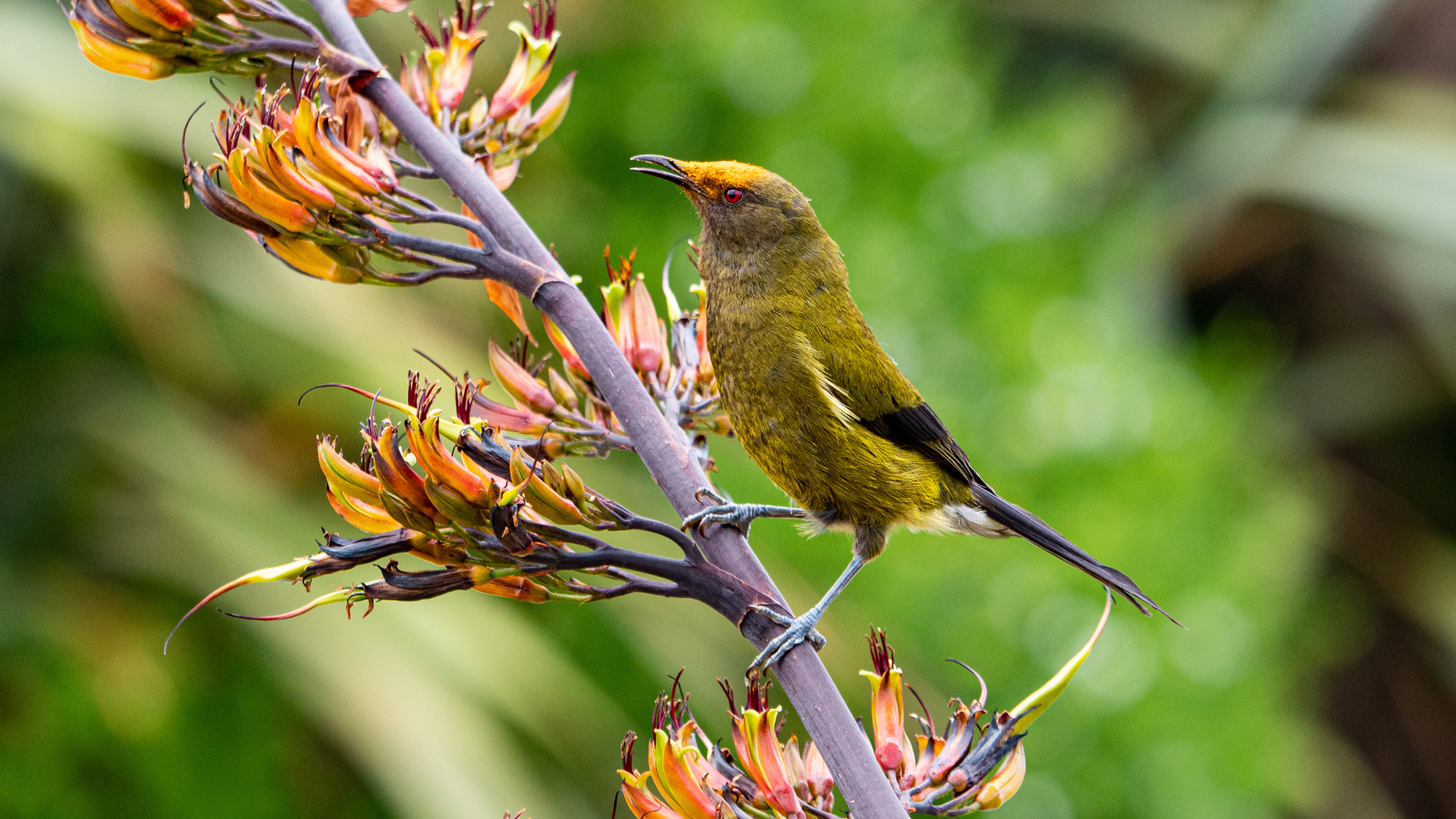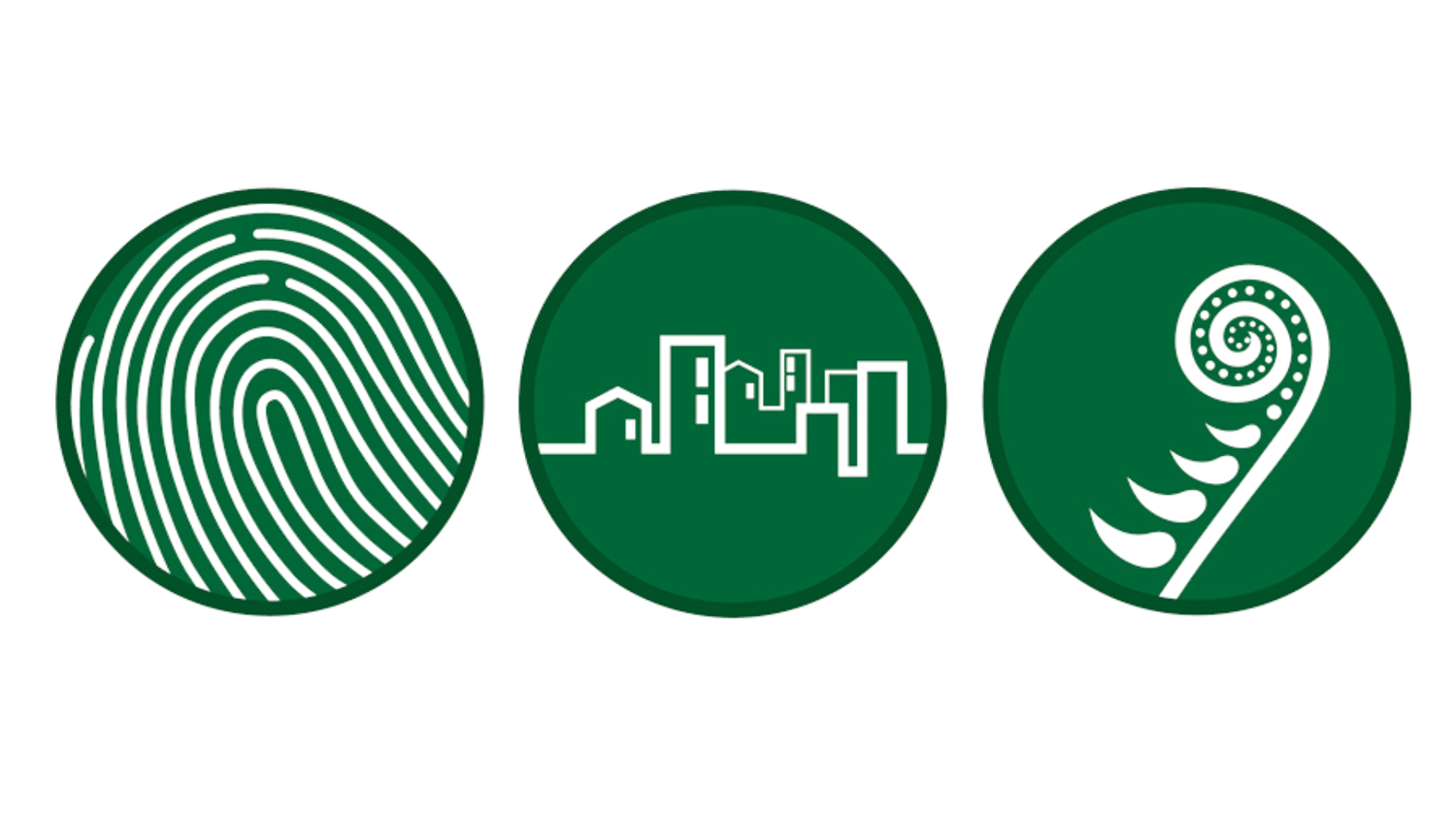
Retain and Restore Urban Wildlife
We are investigating habitat features that contribute most to retention and restoration of native biodiversity in cities.
Our plan
We are investigating macro- and micro-scale landscape and habitat features that contribute most to the retention and restoration of native biodiversity in cities.
We are working in a range of housing developments with different levels of the design elements identified as important in creating biophilic environments.
Birds, lizards and iconic invertebrates will be our indicators of native biodiversity, as well as soil and lizard microbiomes that impact human and wildlife health.
The potential gains and challenges of intensive urban mammal control will be quantified through close monitoring of the Predator-Free Wellington initiative, where we already have four years of baseline data on a suite of mammals, lizards and invertebrates.
Our research will forge evidence-based recommendations for the design of future developments and policies for retrofitted interventions in existing housing subdivisions and infill.
Lizard and invertebrate responses to urban design
We are assessing the effects of urban development on native lizards by analysing population diversity and abundance, and health surrogates of individuals. We will asses and improve mitigation design and offset strategies for better biodiversity conservation.
Designing urban habitat for native birds
To advance understanding of habitat use and connectivity to native forest, we are counting birds in suburbs and in peri-urban forests within a 50-km radius NZ cities. We are measuring key habitat elements from aerial photography and spatial datasets and studying nesting habitat and natal dispersal of an iconic native bird.
Wildlife gains and challenges of intensive urban mammal control
Our team is invasive mammals across the three phases of the Predator-Free Wellington initiative. We are building on our data from the last four years to yield an unrivalled before-and-after dataset to inform future predator control for New Zealand cities.
Create guidelines to retain & restore urban wildlife
We will provide recommendations for biodiversity-friendly urban design and development to councils and other stakeholders, and for key non-native mammal species to target in urban pest control programmes (including whether to target species not presently controlled).







